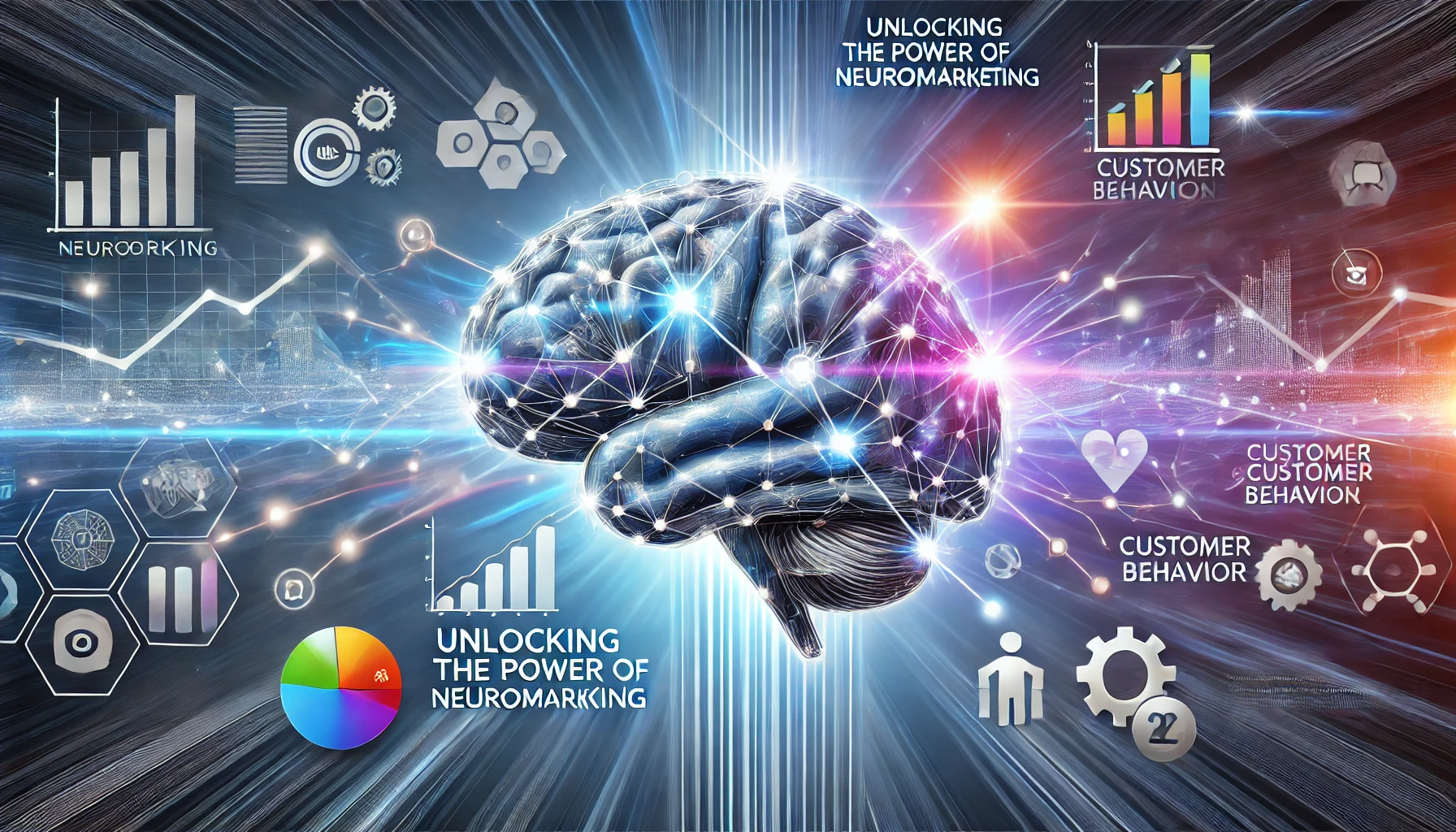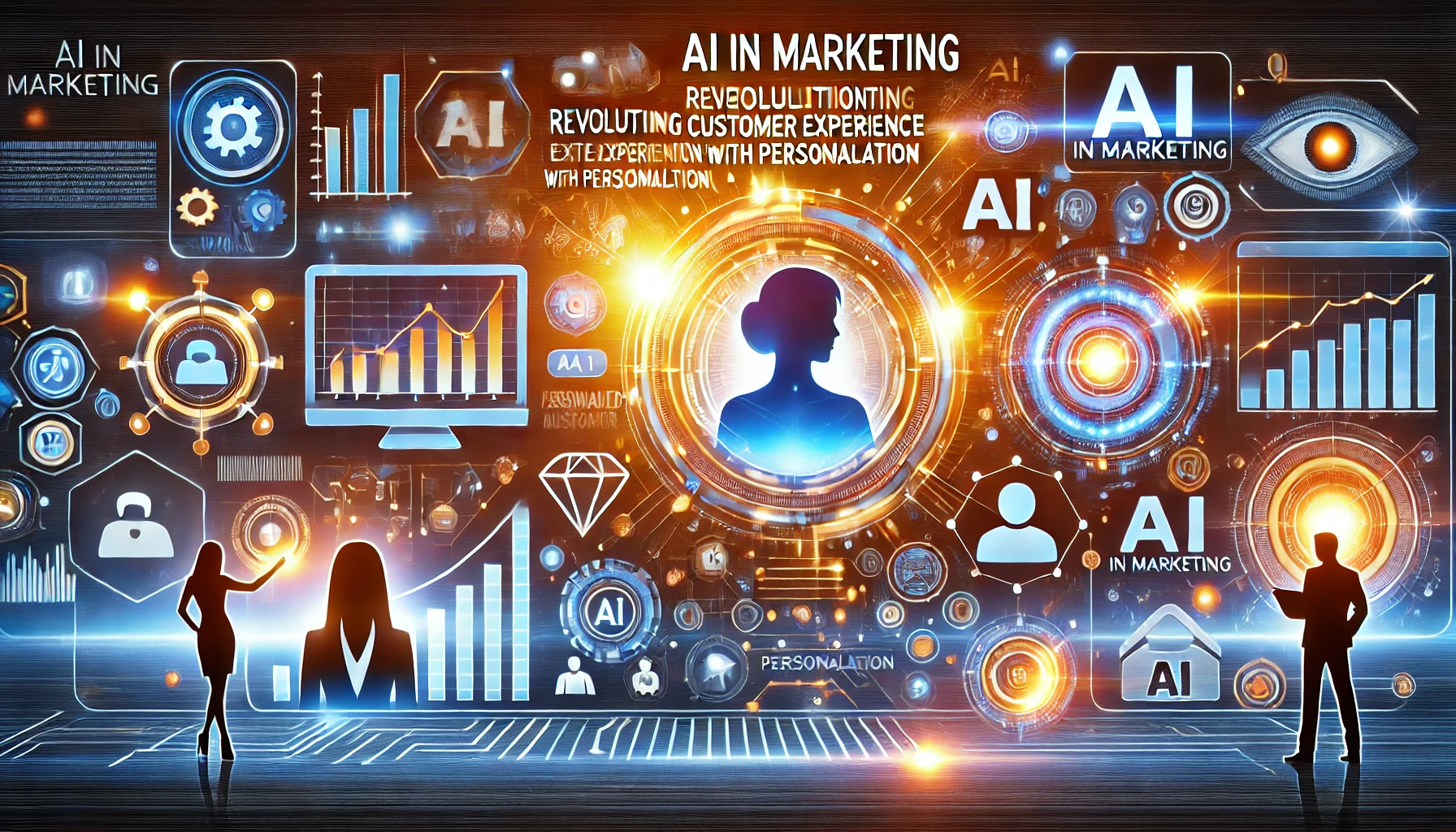
Introduction: What is Neuromarketing?
Neuromarketing, a blend of neuroscience and marketing, taps into how customers think and feel. By analyzing brain activity and psychological responses, businesses can craft campaigns that resonate deeply with audiences. This innovative approach gives companies a competitive edge, helping them design products, ads, and experiences that customers find irresistible.
Why Neuromarketing Matters
- Improves ad effectiveness by focusing on emotional triggers.
- Helps brands understand subconscious decision-making.
- Drives higher engagement and loyalty.
In this article, we’ll explore real-world examples of neuromarketing in action, showcasing how top companies have leveraged brain science to captivate their customers.
Case Study 1: Frito-Lay's Packaging Redesign
Background: Frito-Lay aimed to understand how packaging influences consumer purchasing decisions.
Methodology: The company conducted a neuromarketing study using EEG (electroencephalography) to monitor brain activity in response to different packaging designs.
Findings:
Matte vs. Glossy Finish: Matte bags elicited fewer negative responses compared to glossy ones.
Imagery Impact: Packaging featuring images of chips activated areas of the brain associated with guilt, while designs with pictures of ingredients like potatoes evoked positive emotions.
Outcome: Based on these insights, Frito-Lay redesigned their packaging to feature matte finishes and images of ingredients, leading to a sales increase of 15% in the following quarter.
Case Study 2: Hyundai's Vehicle Design Feedback
Background: Hyundai sought to incorporate consumer preferences into the design of a new car model.
Methodology: The company employed eye-tracking and EEG technology to assess participants’ reactions to various car designs.
Findings:
Attention Hotspots: Participants consistently focused on the front grille and headlights.
Emotional Responses: Certain design elements triggered positive emotional responses, indicating aesthetic appeal.
Outcome: Hyundai integrated the preferred design features into their new model, which subsequently experienced a 10% increase in pre-orders compared to previous models.

Case Study 3: The "Pepsi Paradox" Revisited
Background: Building on the original “Pepsi Paradox,” researchers aimed to explore how brand perception affects taste preference.
Methodology: Participants underwent fMRI scans while tasting unlabeled samples of Coca-Cola and Pepsi.
Findings:
Blind Taste Test: When unaware of the brand, 50% preferred Pepsi, and 50% preferred Coca-Cola.
Brand Awareness Impact: When informed of the brand, 75% reported preferring Coca-Cola, with increased activation in brain regions associated with emotional processing.
Outcome: This study highlighted the profound impact of branding on consumer preferences, emphasizing the importance of brand equity in marketing strategies.
Case Study 4: Apple's Store Layout Optimization
Background: Apple aimed to enhance the in-store customer experience to increase sales.
Methodology: The company used facial coding and eye-tracking technologies to observe customer reactions and movements within their stores.
Findings:
Product Placement: Customers spent 20% more time in areas where products were displayed at eye level.
Interactive Stations: Hands-on interaction zones led to a 25% increase in positive facial expressions, indicating higher engagement.
Outcome: Apple restructured their store layouts to incorporate more interactive stations and optimized product placements, resulting in a 17% increase in in-store sales over six months.
Case Study 5: The "Save the Children" Campaign
Background: The charity organization sought to increase donations through more effective advertising.
Methodology: They conducted a neuromarketing study using fMRI to assess brain activity in response to different ad formats.
Findings:
Statistical Data vs. Personal Stories: Ads featuring individual stories of children in need activated brain regions associated with empathy more than those presenting statistical data.
Donation Likelihood: Participants exposed to personal stories were 30% more likely to donate.
Outcome: “Save the Children” revamped their marketing materials to focus on individual narratives, leading to a 25% increase in donations during the subsequent campaign.
Conclusion
These case studies demonstrate the tangible benefits of incorporating neuromarketing techniques into business strategies. By understanding the subconscious drivers of consumer behavior, companies can make informed decisions that enhance customer engagement and drive sales.



